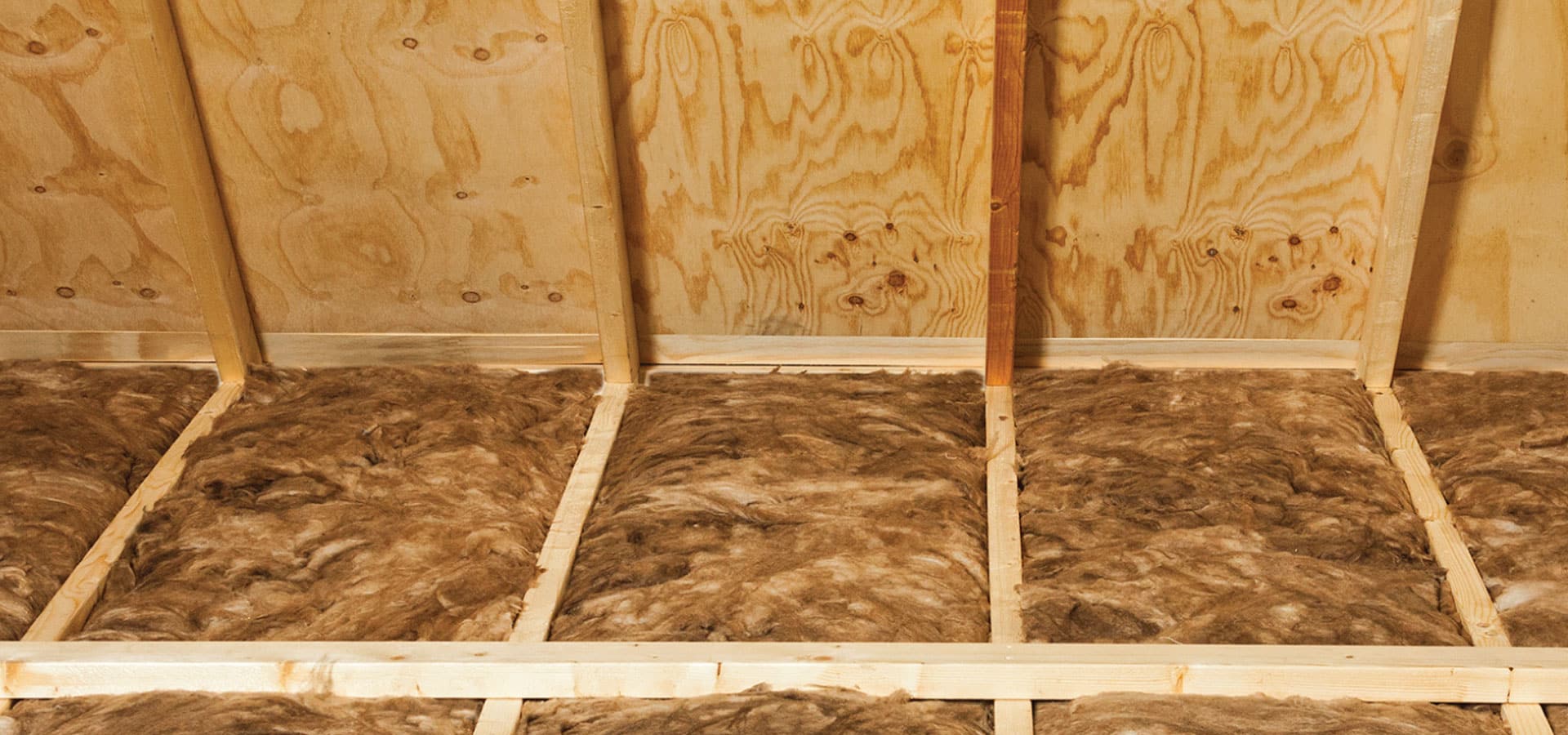
While hot sunny weather can be enjoyed in the day, many of us can struggle to sleep in uncomfortably warm bedrooms at night. Even with a properly maintained air conditioning system, it can be tough to hold down utility costs. Ceiling insulation can help to regulate temperature, reduce the amount of time the air conditioning system is needed and subsequently reduce electricity bills.
How ceiling insulation works
To understand ceiling insulation, it’s important to understand the relationship between heat and your home. In the summer months, all buildings are subject to external and internal heat gains. External gains refer to energy from outside heat sources, like sunlight, absorbing into the home directly through the building’s surface or internal surfaces like window glazing. Internal gains refer to heat generated inside the home from things like lighting and household appliances which also give off heat.
Minimising these gains is important because of their all-encompassing effect on the home. Heat flows through open spaces wherever there is a difference in temperatures, such as bedroom and living room interior ceilings, which increase the temperature of cooler areas around the home until there is no longer a temperature difference.
Insulation is very good at controlling and reducing the transfer of heat. So, a well-insulated house means a warm building stays warm in the winter, and takes longer to heat up from the effects of the sun on its walls and roof in the summer. The heat controlling characteristics of insulation have a particularly important role to play in managing the transfer of heat from loft spaces into the bedrooms below.

This is where ceiling insulation can make a difference
Ceiling insulation helps to slow the heat flow throughout the home, making it harder for the warm outside temperature to affect the cooler temperature inside. Earthwool® contains small voids or air pockets which traps heat flow and prevents it from transferring to the cool interior air.
This is especially important for attics and crawl spaces between the ceiling and roof, where temperatures can sometimes exceed 50 degrees Celsius in the summer, thanks to the roof’s exposure to the sun. Without adequate insulation, this temperature accumulated in the daytime can quickly transfer into any bedroom.

Maintaining ceiling insulation is important
It is common for ceiling insulation to be disturbed by tradesmen. Plumbers or electricians, for example, may displace the installed insulation material, resulting in places where there’s no insulation and places where there’s too much insulation. This creates localised hot spots, where heat passes freely and rapidly from the attic space, through the ceiling and into the room below. That’s why we recommend conducting an annual check. First, by measuring thickness of the existing ceiling insulation. Next, by checking that the insulation is laid evenly.
Choosing the right ceiling insulation for your home
High-quality roof and ceiling insulation can save up to 45 per cent (or more) on heating and cooling costs, so it’s important to get it right. As mentioned above, the first step should be to check your current situation, measuring any existing insulation in your ceiling. It should be at least 210 millimeters (mm) thick. Next, check that the insulation is laid evenly across the space and redistribute it if necessary. If any areas still need a top up, Earthwool Ceiling Insulation batts or multi use rolls are widely available from your local Bunnings, other DIY stores, trades, or can be supplied by an insulation installer.
All ceiling insulation products have an R-value, and the higher the R-value, the better the performance of the insulation. The Building Code of Australia provides guidelines that outline minimum R-values that should be installed based on region. So, for cities with a cool climate, such as Melbourne, Adelaide or Sydney, a high-performing insulation R5.0 or R6.0 is recommended. For warmer climates such as Brisbane or Perth – an R-value of at least R4.0 would be appropriate.

Keep in mind that to get the maximum effects from insulation, it’s recommended you insulate the entire home, not just one area.
Our Earthwool® Ceiling batts are available in a range of R-Values to provide good energy saving properties to superior energy performance, enabling to keep home cool in summer and warm in winter. Don’t forget to check out our installation video, where we take you through the installation process step by step to ensure installing Earthwool® insulation Ceiling batts is quick and easy.
